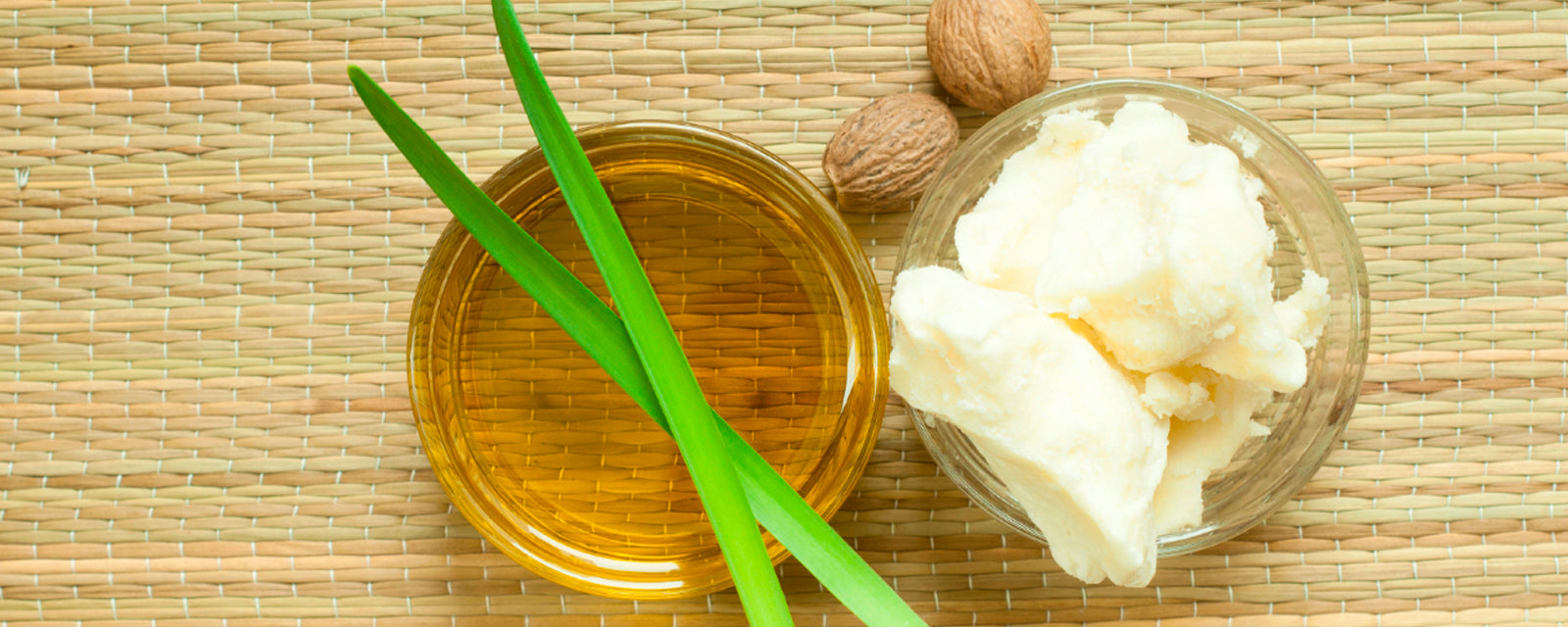Moisturizing Conditioner Ingredients

Although the internet sometimes makes us feel like scientists, it only takes a glance at the back of a bottle of moisturizing conditioner to realize that we’re not. To understand what conditioner ingredients are good for hair, you need to decode some complex-sounding chemicals. Just because something sounds like it was made in a lab, doesn’t mean that that is the case, as we will find out…
The key moisturizing conditioner ingredients are those that enable it to hydrate hair, reducing brittle Repair damaged hair and helping to lock in moisture. A good conditioner contains a variety of moisturizing and emollient ingredients, which work hand-in-hand to deliver all of the above, without upsetting your natural healthy hair growth cycles.
In many big brand conditioners, found in your local drug store, there are potentially harmful ingredients. Sodium laureth sulfate (SLS) or sodium lauryl ether sulfate (SLES) are common foaming agents. Unfortunately, these substances can cause irritation to the scalp. An irritated scalp can become inflamed, which impairs hair follicles from effectively sustaining the hair growth cycle. This in turn can lead to poor sebum production, and unhealthy hair. Treat your hair to sulfate free hair care products.
Obviously, choosing a product free from SLS/SLES is a first step in choosing a moisturizing conditioner, but there are also a few key conditioner ingredients that set some hair hydration formulas apart from the rest. Here are our 4 essential ingredients for an effective moisturizing conditioner.
Top 4 Ingredients in Effective Moisturizing Conditioner
- Hazelnut and Argan Oil
Natural oils help to nourish and soften hair, helping to infuse nutrients into the hair, while avoiding the potential side effects of poorly refined mineral oil. Poor quality products that, which contain a low grade of mineral oil may carry impurities, and may even which can be toxic and carcinogenic. Viviscal Strengthening Conditioner is free from mineral oil and, parabens, and is 96% derived from natural sources. - Cetearyl Alcohol
Although alcohol sounds better in a cocktail than in your conditioner, it is an important ingredient. Fatty alcohols, like cetearyl, are derived from natural sources, and are much heavier than ethanol. In fact, fatty alcohols are so heavy that rather than evaporating quickly and drying out the hair, they stick around longer and help to give hair a soft and smooth feeling. - Shea Butter
An extract from the shea or karite tree, shea butter has natural anti-inflammatory properties. Products containing this natural medicinal substance can help to keep follicles healthy, reduce breakage, improve shine and keep hair looking voluminous and bouncy. - Panthenol (Vitamin B5)
This B vitamin strangely behaves more like a protein. When applied topically as a conditioner ingredient it can penetrate the hair shaft, and helps to improve moisture retention. It is particularly effective for those with brittle or fine hair, but it is a common ingredient in most hair products. Read more about how panthenol helps to strengthen fine hair.
Do you want to know more about moisturizing conditioners and find the one which works the best for you? Read our blog post which will guide you how to choose your moisturizing conditioner today!
If you want to offer your hair the gold standard in care, then become Viviscal Hair Growth Supplements today and get automated shipments of the most effective hair growth vitamins, plus Viviscal Thickening Shampoo and Moisturizing Conditioner with the best ingredients to nourish hair from the inside out and the outside in.
